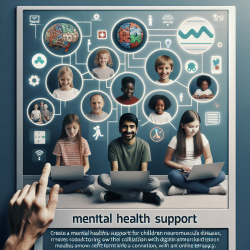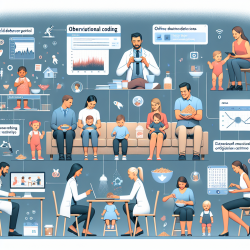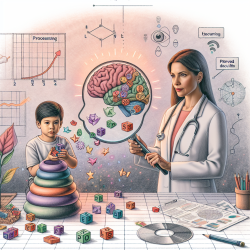Understanding Cortical Complexity in PTSD: A New Perspective for Practitioners
Practitioners working with individuals suffering from posttraumatic stress disorder (PTSD) can benefit significantly from the latest research findings on cortical complexity. The study titled "Cortical complexity in world trade center responders with chronic posttraumatic stress disorder" offers new insights into the neurobiological changes associated with PTSD. This research, conducted on World Trade Center (WTC) responders, reveals critical information that can enhance therapeutic practices and encourage further research in the field.
Key Findings of the Study
The research utilized Fractal Dimension (FD) analysis of T1 MRI brain images to measure cortical complexity. The study hypothesized and confirmed that WTC responders with PTSD exhibited reduced cortical complexity, particularly in the frontal, parietal, and temporal cortices. These findings suggest that PTSD symptoms, such as reexperiencing, avoidance, hyperarousal, and negative affect, are linked to changes in brain structure.
The study's results extend our understanding of how PTSD affects brain health, highlighting the importance of considering cortical complexity as a potential diagnostic marker for PTSD. The reductions in FD observed in the study align with previous findings in other psychiatric and neurological conditions, suggesting a broader application of these insights.
Implications for Practitioners
For practitioners, these findings emphasize the need to incorporate neuroimaging insights into therapeutic approaches. Here are some ways practitioners can apply these insights:
- Enhanced Diagnostic Tools: Consider using neuroimaging techniques to assess cortical complexity in patients with PTSD. This can provide a more comprehensive understanding of the patient's condition.
- Tailored Interventions: Develop interventions that address specific symptoms associated with reduced cortical complexity, such as cognitive-behavioral therapies targeting reexperiencing and avoidance symptoms.
- Continued Education: Stay informed about the latest research in neuroimaging and PTSD to enhance diagnostic and therapeutic skills.
Encouraging Further Research
The study's findings open new avenues for research into the relationship between cortical complexity and PTSD. Practitioners are encouraged to collaborate with researchers to explore these connections further. Potential research areas include:
- Investigating the role of neuroinflammation in reduced cortical complexity.
- Exploring the impact of therapeutic interventions on cortical complexity over time.
- Examining cortical complexity in other trauma-affected populations to validate these findings.
Conclusion
Understanding the neurobiological underpinnings of PTSD through cortical complexity offers practitioners a valuable tool for improving patient outcomes. By integrating these insights into practice, practitioners can provide more targeted and effective care for individuals with PTSD.
To read the original research paper, please follow this link: Cortical complexity in world trade center responders with chronic posttraumatic stress disorder.










